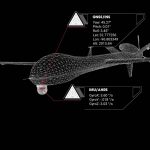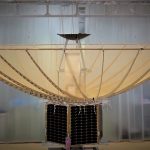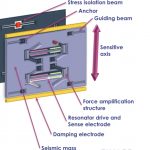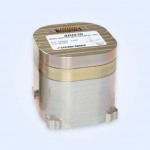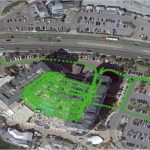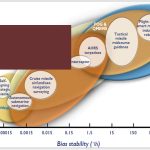Three different low-cost sensor integrations, covering vehicle navigation in a range of environments, will be covered in a February 12 webinar, “Automotive-Grade GNSS + Inertial for Robust Navigation.”
Get with the Inertial Program: An Advanced Engineering Archive
An extensive and significant body of technical information on inertial navigation, including detailed instruction, technical papers and use cases, has appeared online. This valuable resource is openly available to engineers, designers, integrators, and specifiers working on UAVs, aerial and ground survey and mapping, construction, surveillance and reconnaissance, satellite communications, military and much more.
By Inside GNSS
